- Home
- Articles
- Architectural Portfolio
- Architectral Presentation
- Inspirational Stories
- Architecture News
- Visualization
- BIM Industry
- Facade Design
- Parametric Design
- Career
- Landscape Architecture
- Construction
- Artificial Intelligence
- Sketching
- Design Softwares
- Diagrams
- Writing
- Architectural Tips
- Sustainability
- Courses
- Concept
- Technology
- History & Heritage
- Future of Architecture
- Guides & How-To
- Art & Culture
- Projects
- Interior Design
- Competitions
- Jobs
- Store
- Tools
- More
- Home
- Articles
- Architectural Portfolio
- Architectral Presentation
- Inspirational Stories
- Architecture News
- Visualization
- BIM Industry
- Facade Design
- Parametric Design
- Career
- Landscape Architecture
- Construction
- Artificial Intelligence
- Sketching
- Design Softwares
- Diagrams
- Writing
- Architectural Tips
- Sustainability
- Courses
- Concept
- Technology
- History & Heritage
- Future of Architecture
- Guides & How-To
- Art & Culture
- Projects
- Interior Design
- Competitions
- Jobs
- Store
- Tools
- More
How to Keep Your Pets Safe with the Right Fence in Washington
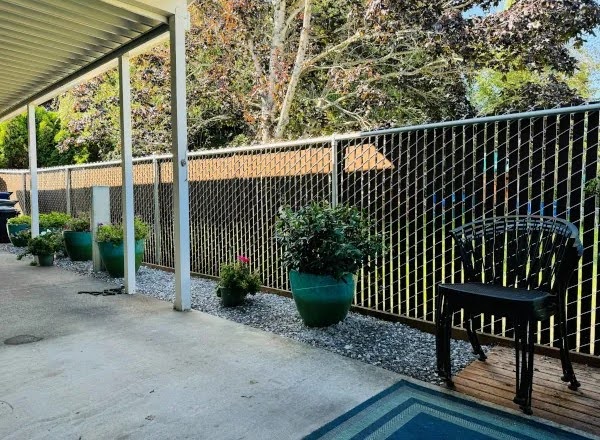
For pet owners in Washington State, keeping your furry friends safe and secure is a top priority. Whether you have a playful pup, a curious cat, or any other pet, a well-designed fence is essential to protect them from dangers like traffic, wildlife, and getting lost. But not all fences are created equal when it comes to pet safety. In this blog post, we’ll explore how to choose the right fence to keep your pets safe in Washington, considering factors like materials, height, and design.
Table of Contents
ToggleWhy a Pet-Safe Fence is Important
Pets are part of the family, and their safety is just as important as that of any other family member. A pet-safe fence serves several purposes:
- Prevents Escapes: A secure fence keeps your pets from wandering off and getting lost or injured.
- Protects from Predators: In Washington, wildlife like coyotes or raccoons can pose a threat to pets. A sturdy fence keeps them out.
- Creates a Safe Play Area: A fenced yard gives your pets a safe space to play and exercise without constant supervision.
- Keeps Out Hazards: A fence can prevent your pets from accessing dangerous areas like roads, toxic plants, or neighboring properties.

Key Features of a Pet-Safe Fence
When choosing a fence to keep your pets safe, consider the following features:
1. Height
The height of your fence is crucial, especially for dogs. Larger dogs or breeds that are good jumpers (like Border Collies or German Shepherds) need taller fences to prevent them from leaping over. A fence that’s at least 6 feet tall is usually sufficient for most dogs. For smaller pets like cats, consider adding a cat-proof topper or an enclosed outdoor space.
2. Material
The material of your fence affects its durability, safety, and maintenance. Here are some pet-friendly options:
- Wood: Wood fences are sturdy and provide privacy, but they require regular maintenance to prevent splinters or rot.
- Vinyl: Vinyl is low-maintenance and durable, making it a great option for pet owners. It’s also smooth, so there’s no risk of splinters.
- Metal: Metal fences, like aluminum or wrought iron, are strong and secure. However, ensure the gaps between bars are small enough to prevent pets from squeezing through.
- Chain Link: Chain link fences are affordable and durable, but they may not provide enough privacy or security for smaller pets.
3. Gaps and Openings
Make sure your fence doesn’t have gaps or openings that your pet can squeeze through or get stuck in. For small dogs or cats, choose a fence with narrow spacing or solid panels.
4. Durability
Pets can be rough on fences, especially if they like to dig, scratch, or chew. Choose a durable material that can withstand wear and tear.
5. Visibility
Some pets, especially dogs, may become anxious if they can’t see outside the fence. A solid fence can provide privacy but may make your pet feel confined. Consider a semi-private fence or add windows to give your pet a view.
6. Digging Prevention
If your pet is a digger, take steps to prevent them from escaping under the fence. Options include:
- Burying chicken wire or hardware mesh along the base of the fence.
- Extending the fence underground.
- Adding a concrete or gravel barrier.
Choosing the Right Fence for Your Pet
Different pets have different needs. Here’s how to choose the right fence based on your pet’s size, behavior, and personality:
For Dogs:
- Large Dogs: Choose a tall, sturdy fence (at least 6 feet) with no gaps. Metal or vinyl fences are good options.
- Small Dogs: Opt for a fence with narrow spacing or solid panels to prevent escapes. Wood or vinyl works well.
- Diggers: Use a fence with a buried barrier or add a dig guard to prevent digging.
For Cats:
- Outdoor Enclosures: Consider a catio (an enclosed outdoor space) or a fence with a cat-proof topper to keep your cat safe while allowing them to enjoy the outdoors.
- Height: Cats are excellent climbers, so ensure your fence is tall and has no nearby objects they can use to jump over.
For Other Pets:
- Rabbits or Small Animals: Use a fence with small gaps and a buried barrier to prevent escapes and protect from predators.
- Birds or Reptiles: If you have outdoor enclosures, ensure they are secure and predator-proof.

Additional Tips for Pet Safety
Here are some extra steps you can take to ensure your fence keeps your pets safe:
- Regular Inspections: Check your fence regularly for damage, loose boards, or gaps that could allow your pet to escape.
- Secure Gates: Make sure your gates are sturdy and have secure latches that your pet can’t open.
- Avoid Toxic Materials: Some fences are treated with chemicals that can be harmful to pets. Choose pet-safe materials and finishes.
- Provide Shade and Water: If your pets spend a lot of time in the yard, ensure they have access to shade and fresh water.
- Supervise Outdoor Time: Even with a secure fence, it’s a good idea to supervise your pets while they’re outside, especially in areas with wildlife.
Popular Fencing Options for Pets in Washington
Here are some of the best fencing options for pet owners in Washington:
- Vinyl Fencing: Durable, low-maintenance, and available in various styles.
- Wood Fencing: Provides privacy and a natural look but requires regular upkeep.
- Metal Fencing: Strong and secure, ideal for larger dogs.
- Chain Link Fencing: Affordable and durable, but may need modifications for smaller pets.
- Invisible Fencing: An electronic system that creates a boundary for your pet. However, it doesn’t keep other animals out and may not be suitable for all pets.
Conclusion
Keeping your pets safe with the right fence is one of the most important steps you can take as a pet owner in Washington. By choosing a fence that’s tall, durable, and free of gaps, you can create a secure environment where your pets can play and explore without risk. Whether you opt for wood, vinyl, metal, or another material, the key is to prioritize your pet’s safety and comfort.
Remember to consider your pet’s size, behavior, and needs when selecting a fence, and don’t forget to add features like digging barriers or cat-proof toppers if necessary. With the right fence in place, you can enjoy peace of mind knowing your furry friends are safe and sound in your backyard. Happy fencing!
Submit your architectural projects
Follow these steps for submission your project. Submission FormLatest Posts
Top 8 Luxury Vacation Rentals Features Guests Love Most
A luxury vacation rental offers an entirely different experience than a typical...
Why Local Expertise Matters: Choosing the Right Plumbers in Townsville
Why Local Expertise Matters: Choosing the Right Plumbers in Townsville When it...
Bathroom Remodel ROI: How to Add $15–30K to Your Home Value in 2025-2026
Outdated bathrooms can drag a listing 20-30% longer on the market. Buyers...
The Key Factors to Review When Comparing Fiber Providers in Minneapolis
Looking for a fiber provider in Minneapolis can feel surprisingly overwhelming. The...


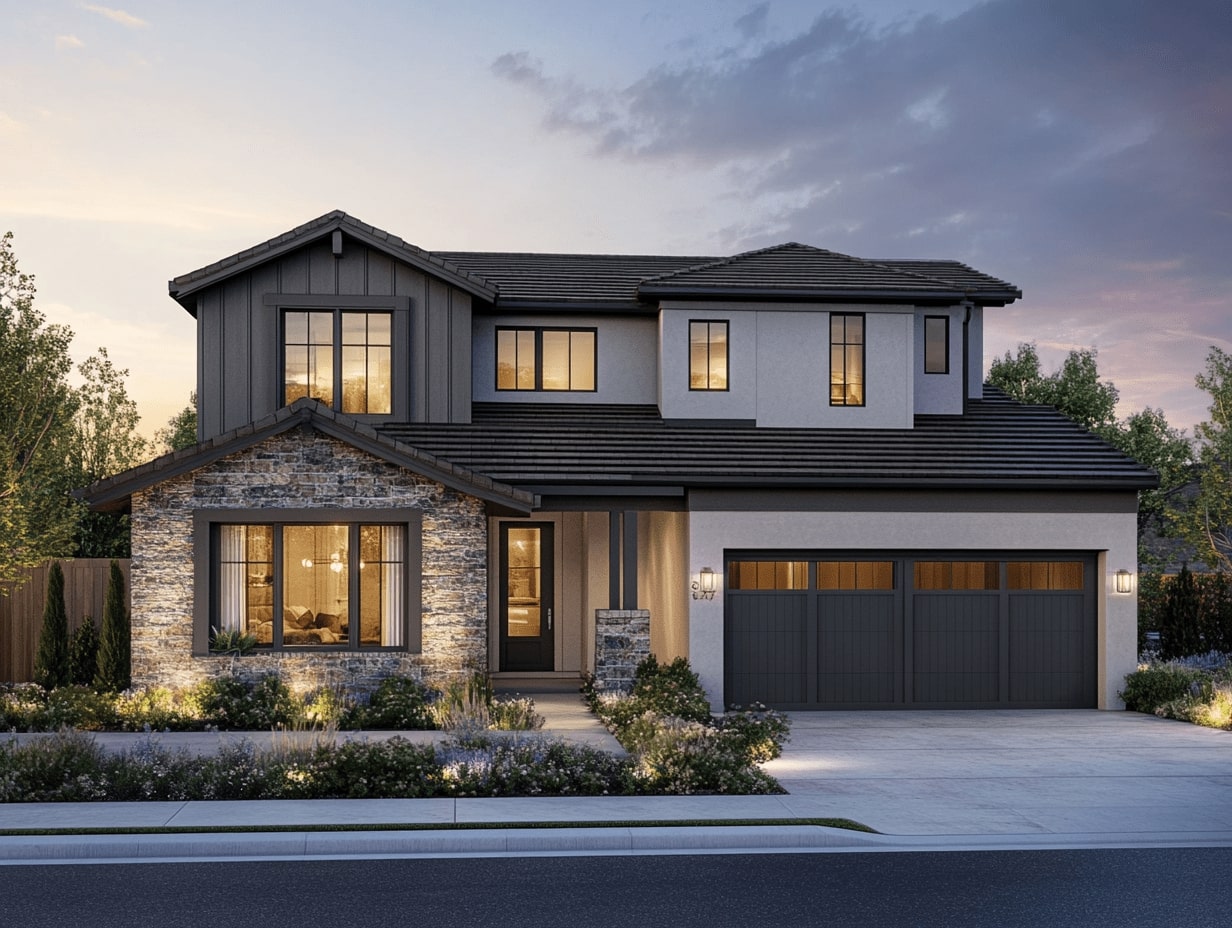


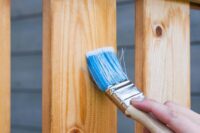
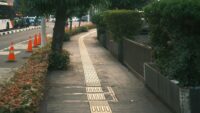
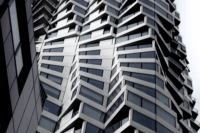
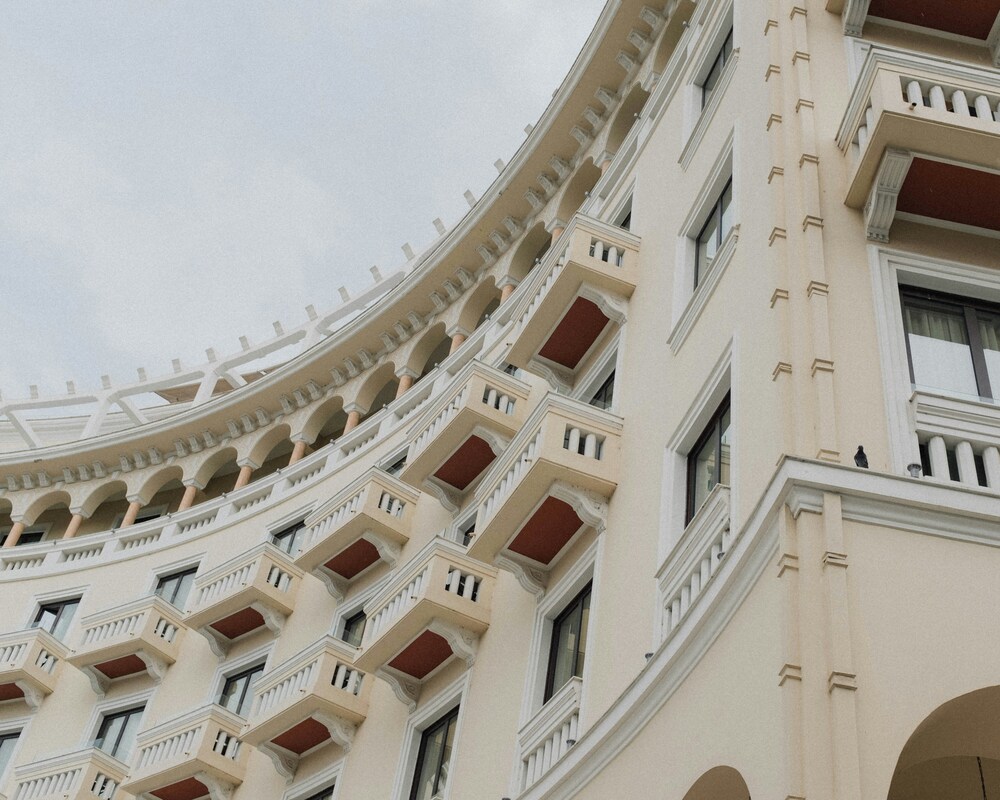



Leave a comment